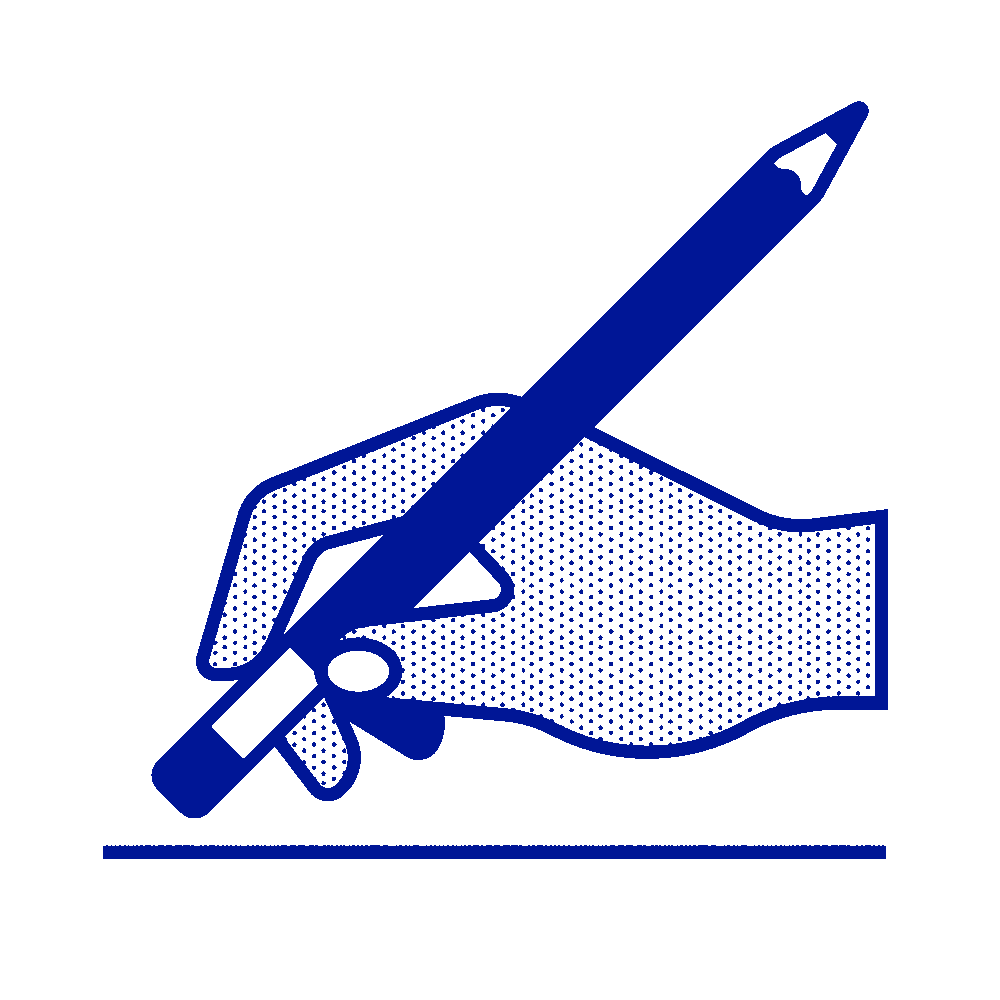If you’ve not stopped to consider your own iconography in a while, here are my seven key things to consider:
If your brand has a digital presence, it’s highly likely that your touch-screens, apps and appliances will be rich with little symbols. Some will be static and used to relay activity and status information. Others will be interactive, and can be slid, tapped, or clicked.
Either way, they will be communicating loudly with your consumers about your commitments to UI design. Always better then, to have ambassadors rather than detractors on side.
2. Icons are as important to your brand as your logo and type.I find it fascinating that brands are prepared to commission a logo (embodying all of the values of their brand), but turn to stock libraries for their icons. Or affording some crack-shot typographer months to perfect the type, without a moments thought for how a set icons will sit closely alongside. Cohesion is king and the details really matter.
3. Icons can speak a thousand words. In hundreds of languages.Icons are unrivalled when it comes to communicating globally. One simple, succinct symbol, has the power to speak to an audience of billions. Impossible with a written word. If your business is international, it is essential then that you speak clearly and inclusively to all of your consumers around the world..
If your brand cites values such as ‘Innovation’, ‘Authenticity’ or ’Expertise’, you need to double check that your icons aren’t in fact out-dated, generic and lazy.
Consumers have never been so savvy, or fickle, or so switched on to good (and bad) design. We can spot insincerity and shoddy bodge-jobs a mile off. As I’ve stated in point 1, icons are one of your brand’s most interacted-with assets. And if they fail to live up to the same standards as the products and services you sell, then trust is diminished, and sincerity called into question.
5. Icons can’t save a bad user experience.Icons provide visual representations of actions, functions and features. They offer users small glanceable clues, provide reassurance and elaborate on clipped strings of text. But, they have to make sense contextually and used with great care and respect.
My personal belief is that brands should try to use as few individual symbols as possible. Instead, focusing on quality over quantity and suitability over personal preference. Icons really cannot save an interface that doesn’t make sense in the first place. In reality, they may even make a bad situation worse.
The wonderful thing about designing icons today, is there are so many examples to call upon. Search for any icon on the web, and you’ll be presented with a myriad of metaphors. Some, simple variations on the same underlying shape. Others, interpretations on a theme.
Naturally, where very strong conventions exist, there would need to be a very compelling reason why you would choose to create something new. But building icons around tried-and-tested shapes doesn’t mean they need to be generic. Instead, they should speak with the same tone-of-voice and personality as the other components of your brand. (Another reason to steer well clear of the stock).
7. Equality, Inclusivity & Representation matters.Several years ago, I was enlisted by a global brand to redesign a suite of symbols for use throughout their offices and stores. They saw themselves as progressive and spoke keenly about how important gender equality is to them as a brand. And yet one particular stakeholder could not understand why I was making such a ‘fuss’ about the flared skirt and pinched in waist of the Women’s W.C.
Regrettably, I didn’t win that particular debate and the out-dated figurine remained. But I will always try to guide my clients away from gender and/or racial stereotypes, metaphors with purely Western references and Latin characters. Because despite their sometimes tiny sizes, pictograms can have a hugely powerful and positive impact. And, if fully embraced, they can even become your brands secret Superpower.
To chat about your own commission or brief, please email the studio.



